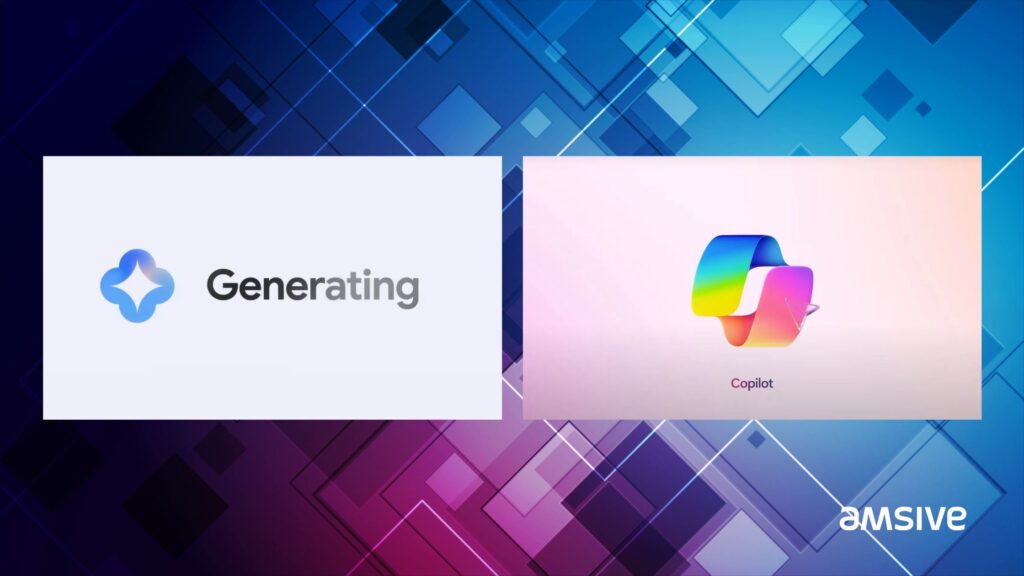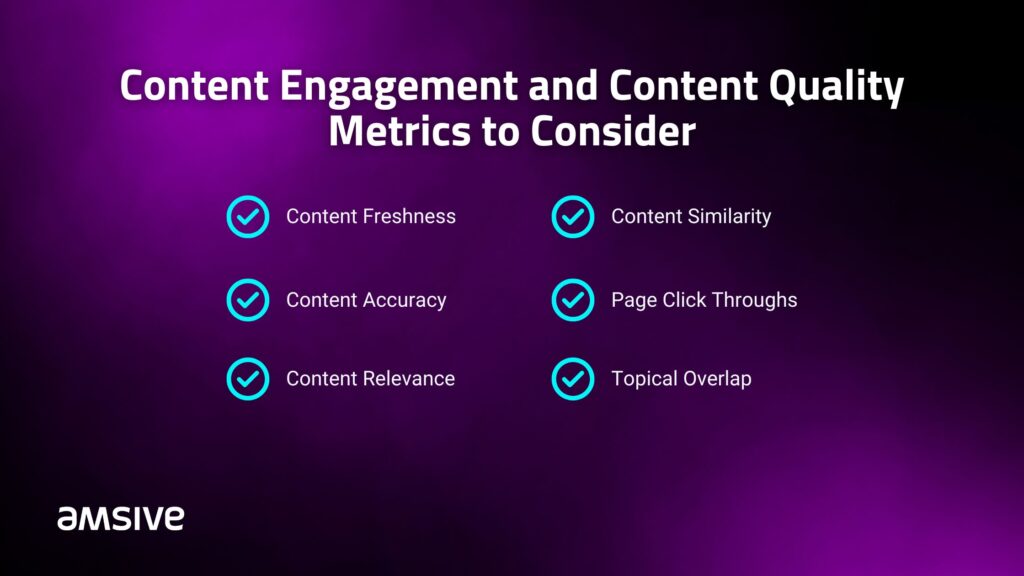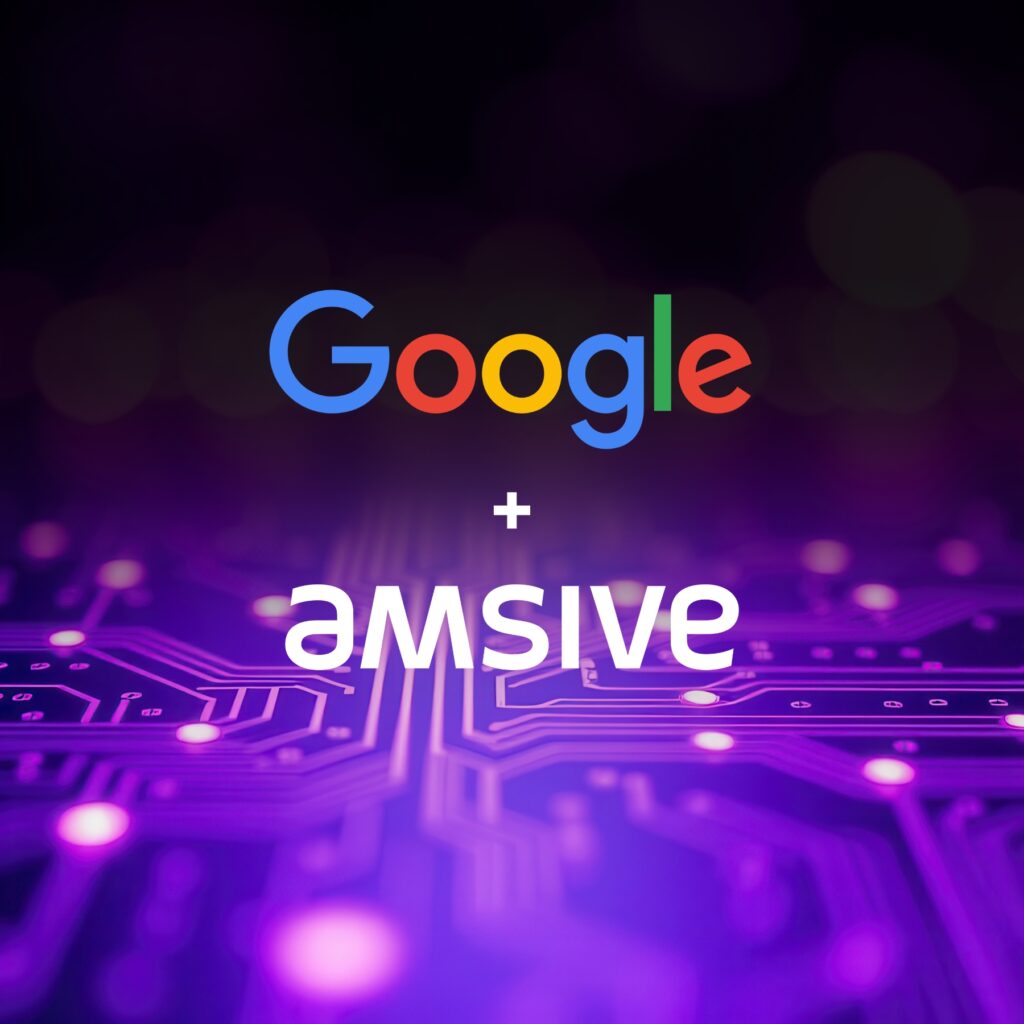Additional Contributor: Darwin Santos
It’s harder than ever before to be visible online. Now, failing to optimize content for AI readiness can lead to a loss in online presence and audience engagement. According to Forbes, an estimated 80% of information on the internet is unstructured. This lack of structure puts a burden on large language models (LLMs) developers to provide the missing structure, and to help their tools and systems continue to grow. As LLMs and AI-powered tools seek real-time information, it’s likely they will rely on signals like search engines for determining source trustworthiness, accuracy, and reliability.
Considering that data consumption and parsing are resource intensive, LLMs may increasingly be directed to focus efforts on websites and data resources that put effort into structuring their information. As LLMs are endowed with the ability to search the web using search engines like Bing, employing SEO best practices can significantly enhance the accessibility and understandability of the content on a website for LLMs. Businesses and marketers need to focus on more than just visibility. They need content that resonates with AI-driven systems or else risk fading into the background noise of the digital world.
Jump To:
What Is AI Readiness In SEO?
To remain competitive, businesses must ensure that their content is discoverable and accessible across multiple touchpoints, including the evolving generative search experiences. That means adopting AI readiness strategies for content development. AI readiness refers to the optimization of content so that it’s easily found, consumed, and processed by AI-powered applications.
AI-powered tools like Bing Copilot and Gemini (Bard) are shaking up the search landscape. With Google’s anticipated release of their SGE product from beta and more search engines looking to integrate LLM-driven features into the search results, we should expect more disruption and less visibility for the organic “10 blue links” that we have relied on to drive cost-effective user engagement and conversions.
How Are Bing Copilot and Google SGE Using Indexed Search Results?
Bing Copilot (formerly known as BingChat) and Google Search Generative Experiences (SGE) approach indexed search results in different ways. Google SGE uses generative AI to summarize answers to search queries by leveraging information that it gained from sites in Google’s index. Google recently has started including links within SGE results. Alternatively, Copilot summarizes web search results into a chat experience to support users. Bing includes links to cite sources for the information that’s retrieved and served.

To stay aligned with this changing search landscape, organizations need to focus on ensuring content is easily discoverable, structured in a way that adheres to SEO and information retrieval best practices, and–most importantly–is helpful for users.
As LLMs seek real-time information to power the applications and considering that data consumption and parsing are resource intensive, these AI-powered search applications are likely to promote websites and data resources that put effort into structuring their content and make use of structured data markup like those found on schema.org.
Analyzing content metrics such as keyword performance, user engagement, and backlink profiles can help organizations gain actionable insights to optimize their content for search engines effectively. AI-powered analytics tools can sift through data to identify patterns, trends, and correlations that impact search visibility and increase user engagement.
By evaluating content for AI readiness, organizations can create high-quality, engaging content that resonates with their target audience while improving the chances of that content being utilized by AI-enabled services.
How Can AI Readiness Be Measured?
Assessing AI readiness is a multifaceted endeavor that involves evaluating technical capabilities, organizational readiness, and data infrastructure. AI readiness should be measured based on a combination of metrics that consider the indexability/discoverability of search engines based on technical standards, how content is structured along with SEO best practices, and how to weigh the form and quality of their content.
Technical Considerations (Indexability)
The ability for search engines to discover, crawl, and index content to be included within their index is one of the top priorities in ensuring that content is AI-ready due to knowing how tools like SGE and Copilots are leveraging their search indexes to source results. Top technical considerations include:
- Found in XML sitemap
- Self-referencing canonical
- Not intentionally blocked by robots.txt
Content Engagement and/or Content Quality Metrics to Consider
Quality or helpful content is more likely to perform well in search as content should be created for users, match the intent, and ultimately serve as the best results for users when answering search queries. Additionally, user engagement can be a signal that the content is relevant to the audience.
Freshness
- When was the last time the content was updated?
- Has the content been updated to reflect product changes, new features, or capabilities?
Accuracy
- Does the content accurately describe how to solve the user’s problem?
Relevance
- Are the text, primary keyword, and covered topic relevant to the search?
- Is the relevance demonstrated by headers and metadata that make the main topic obvious?
Similarity
- What percentage of the content provided is similar to the content on other pages?
Page Click-Throughs
- How often does this page get clicks on via other internal pages on the site?
Topical Overlap
- Does this content overlap with another article with a similar intent?

Structured Content /SEO Best Practices
By adhering to SEO best practices, marketers can enhance discoverability and relevance for AI-powered search algorithms. This can include:
- Optimized title tag and meta description
- Top-level summary provided
- Supporting multimedia included (image/video)
- Descriptive alt text or captions included
- Structured data applied (Webpage, VideoObject, How-To, FAQ, DataSet, etc.)
Structured content organizes data in a format that makes extracting meaningful insights easier for AI algorithms. These considerations can include the following:
- Does content use headings in the proper hierarchy without skipping levels?
- Does the content answer the problem or question at hand?
- Is there supporting information to answer the problem/question?
- Are there examples of how to solve the problem?
- Are there links to additional resources or learnings?
- Are the next steps or actions for the user clear?
Why Should Marketers Care?
Measuring AI readiness requires a thorough evaluation of various technical, organizational, and strategic factors. By assessing your content’s technical structure, content metrics, and structured content best practices, you can identify your strengths, weaknesses, and areas for improvement around AI readiness. How well has your SEO team integrated AI readiness? Maintain a competitive advantage in the evolving search landscape with a direct connection between your strategy and business goals.
Learn how you can supercharge your SEO strategy in 2024, or let’s talk about how to achieve more for your marketing—and your business.







